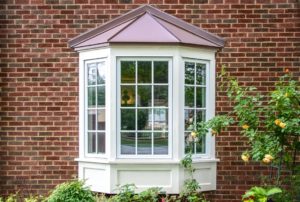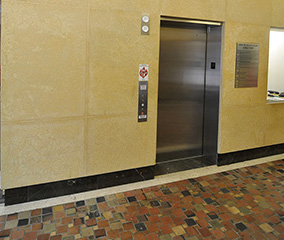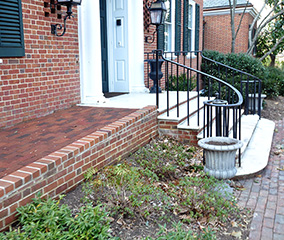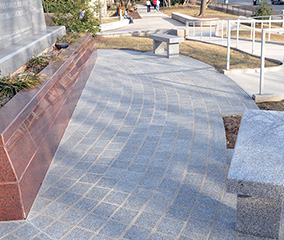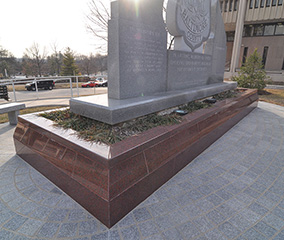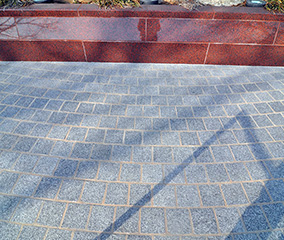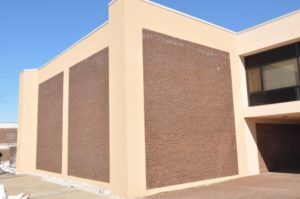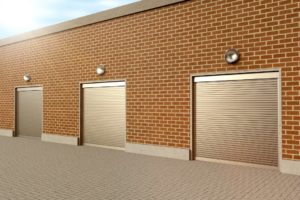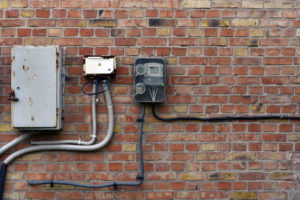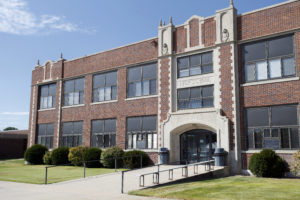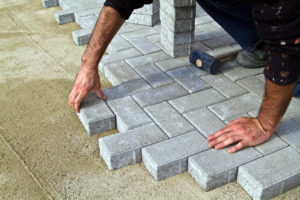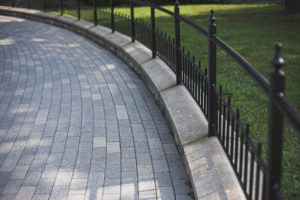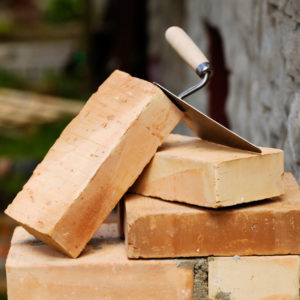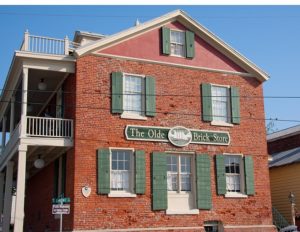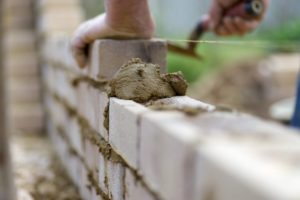
Learn more about the sustainable benefits of brick and stone masonry.
If you’re considering a new construction project, like a custom home or another new building, you’re probably looking for ways to make your project sustainable. Even if sustainability isn’t your primary goal, sustainable options are often better, more cost-effective choices in the long run. So when folks look for sustainable options, they often assume that those will be new technologies or products. Can something as long-established as masonry really be a sustainable option? Of course, it can! Brick and stone masonry is a highly durable construction technique, which is a type of sustainability on its own (since you don’t need to repair or replace the materials constantly). Brink and stone masonry is also energy-efficient. Let’s look at the three significant ways brick and stone masonry is a sustainable construction method. (more…)
